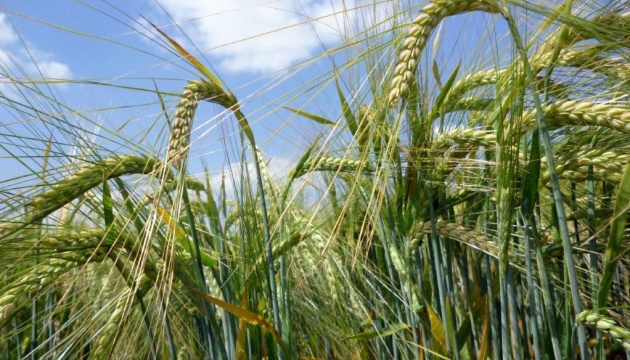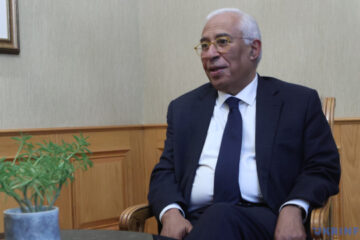
The Institute of Steppe Agriculture of the National Academy of Agrarian Sciences of Ukraine (NAAS) helped to restore the seed materials that could have been lost completely due to Russia’s occupation of the Kherson region.
The relevant statement was made by Institute of Steppe Agriculture of the National Academy of Agrarian Sciences of Ukraine Deputy Director for Research, Doctor of Science in Agriculture Vitalii Ishchenko in an interview with Ukrinform.
“The Institute of Climate-Smart Agriculture of the National Academy of Agrarian Sciences of Ukraine relocated from the city of Kherson to Odesa. With the start of the full-scale war, we were multiplying their seed materials to preserve them genetically. Later, we handed them over to colleagues, so that they could restore the varieties lost during [Russian] occupation, and now they are growing, introducing them. Additionally, we conduct joint research under creative cooperation agreements to enrich the information data,” Ishchenko told.
In his words, the institution cooperates with the Ukrainian Scientific Institute of Plant Breeding, Institute of Grain Crops of the NAAS, Donetsk State Agricultural Research Station of the NAAS, Myronivka Institute of Wheat named after V.M. Remeslo, Plant Production Institute named after V.Ya. Yuriev, Plant Breeding and Genetics Institute – National Centre for Seed Science and Cultivar Testing, etc.
Cooperation includes crop testing, as well as creative collaboration in plant breeding.
“During cooperation with the Myronivka Institute of Wheat, we planted different breeding materials in three locations: at our institute, at the Myronivka Institute of Wheat(which is a forest-steppe zone), and at the Nosivka Breeding and Research Station in Polissia. The zones were different, while the breeding lines were the same. We studied them, and that’s how we got the material that served as the basis for the new varieties of spring barley,” the scientist explained.
In this way, they investigated how the reaction of varieties and lines changed, how they manifested themselves in different growing zones. The research was published in the international scientific databases, Scopus and Web of Science, as well as Ukraine’s specialized scientific publications.
A reminder that, in the temporarily occupied areas of Ukraine, Russians confiscate citizens’ housing, commercial enterprises, agricultural lands, and mineral deposits.
Source: Grain varieties nearly lost during Russia’s occupation of Kherson region restored in central Ukraine



